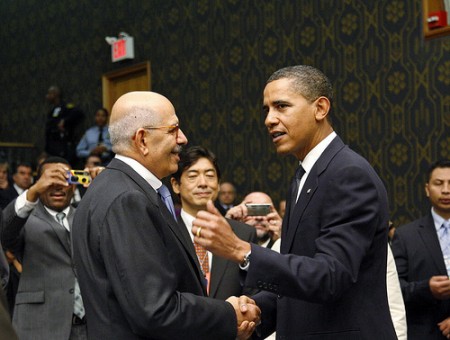
The United Nations Special Commission and the Iraq Action Team
The UN Security Council first took the initiative to create its own verification disarmament unit under the provisions of Resolution 687, adopted after the Kuwait war in 1991. At that time, the UN Special Commission on Iraq (UNSCOM) became the first subsidiary organ of the Security Council, and was tasked with supervising the removal and destruction of Iraqi weapons of mass destruction (WMD)—including its chemical, biological and missile capabilities—and relevant delivery systems, and with measures to prevent their reconstitution.
The Director General of the International Atomic Energy Agency (DGIAEA)—as opposed to the IAEA secretariat itself, with its institutional structures and decision-making bodies—had been given responsibility for the nuclear-related tasks. In order to fulfil his obligations, the Director General set up the Iraq Action Team, which was also independent of the IAEA’s formal structures, including the Department of Safeguards.
The Iraq Action Team had a two-fold mandate in Iraq: to remove and destroy nuclear-related material and equipment; and to manage an ongoing monitoring and verification programme. It reported the results of its technical analyses to the DGIAEA, who in turn reported the findings to the UN Security Council.
